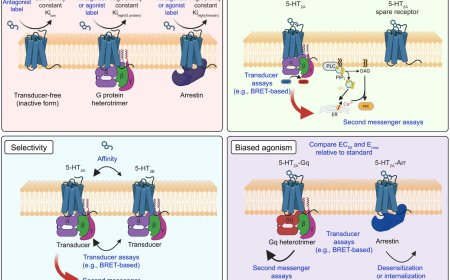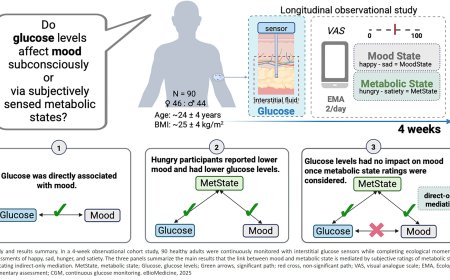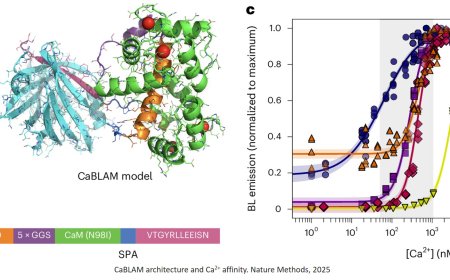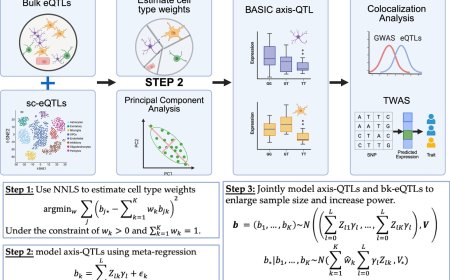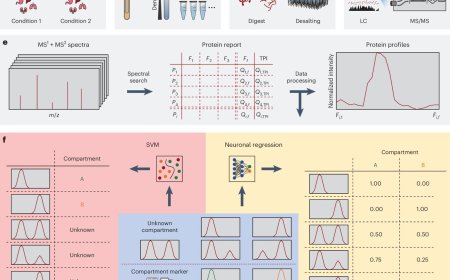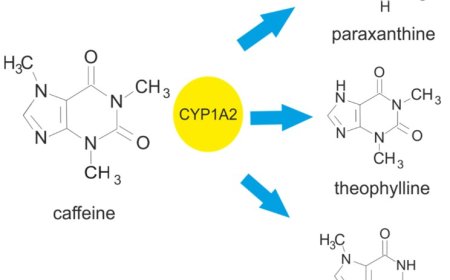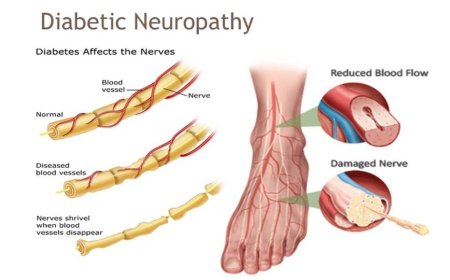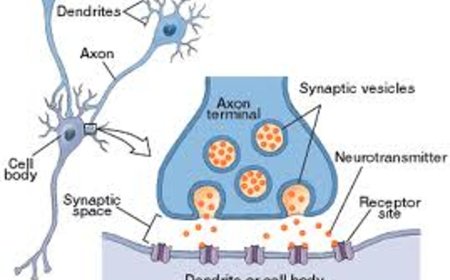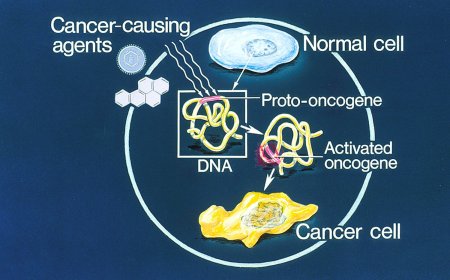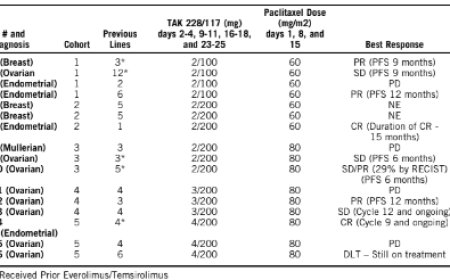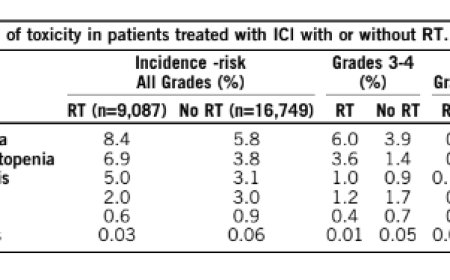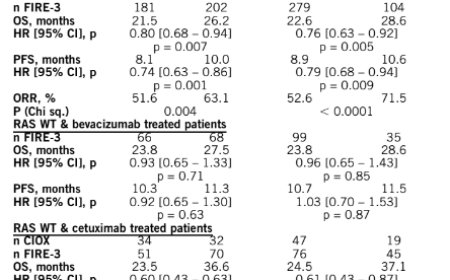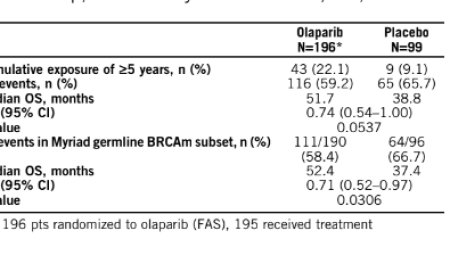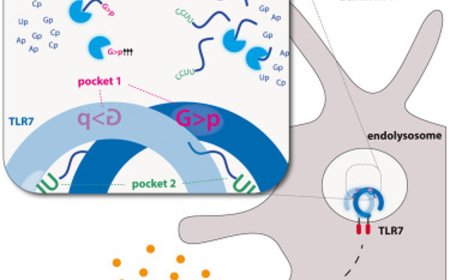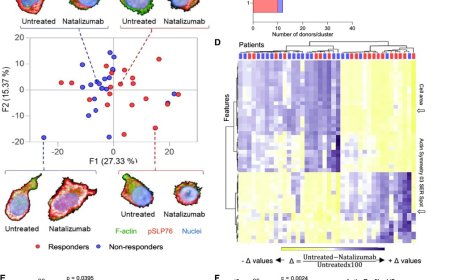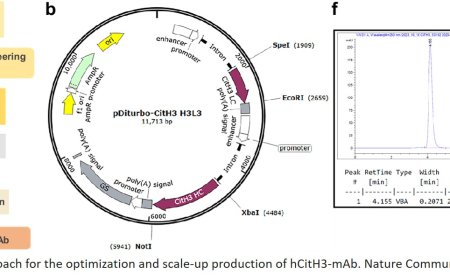Asian Immune Diversity Atlas
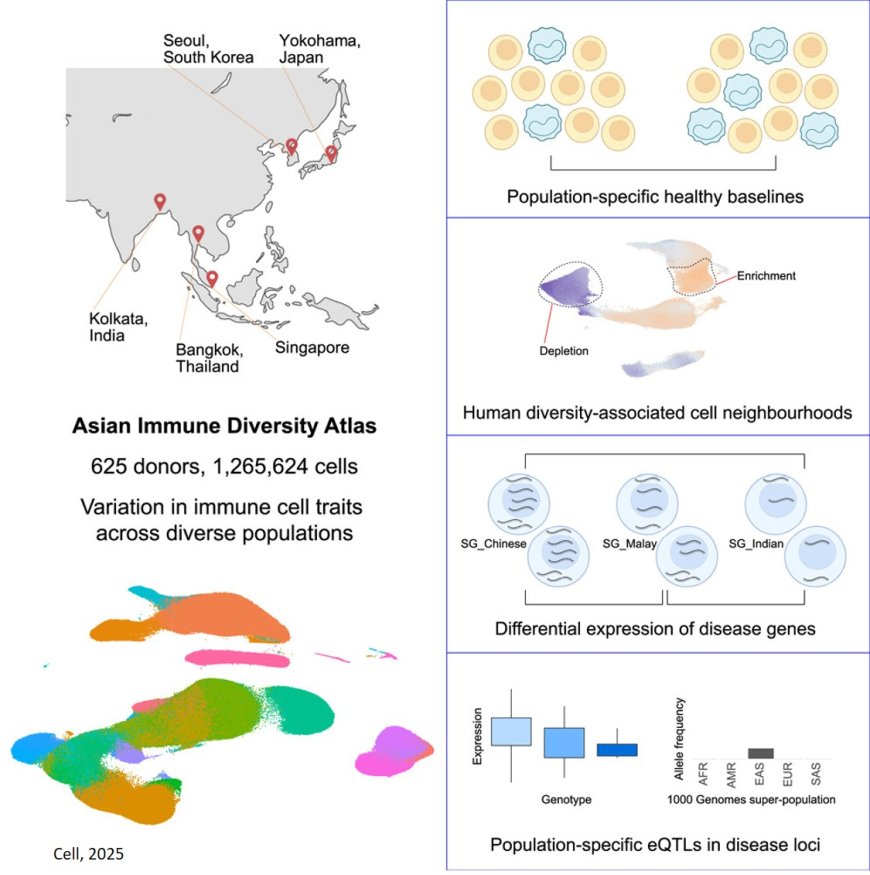
Researchers have assembled the world’s first Asian Immune Diversity Atlas (AIDA)—a multi-national survey of human blood at single-cell resolution. The landmark study, published in the scientific journal Cell, has the potential to advance Precision Medicine and empower the development of next-generation diagnostics and therapeutics tailored specifically for Asian populations.
The study of human immune cells provides critical insights into diagnosing, understanding, and treating infectious diseases, autoimmune disorders, and blood cancers. Clinically, immune cell proportions are already used to diagnose conditions like tuberculosis and leukaemia. Recent technological advances in single-cell genomics now allow researchers to analyse individual cells in unprecedented detail, enabling more precise diagnostics and targeted treatments—for example, distinguishing immune signatures associated with lupus or predicting responses of cancers to immunotherapy.
However, diagnostic approaches developed using data from one population, such as Europeans, often do not accurately translate to other populations, for example Asians. Healthy immune baselines and disease risk factors can vary widely due to differences in age, sex, genetics, lifestyle, and environment. Historically, biomedical research has largely focused on European populations, underscoring the importance of creating tailored diagnostic criteria based on data from Asian populations.
To address this gap, the team profiled the healthy immune systems of diverse Asian populations. Using advanced single-cell genomics methods, the researchers analysed over 1.2 million immune cells from blood samples of 625 healthy donors across five Asian countries.
The team established healthy immune reference ranges for multiple Asian population groups, including Singaporean Chinese, Malay, and Indian ethnicities. They assessed how factors like ethnicity, age, and sex influenced immune cell proportions and gene expression. The results revealed that self-reported ethnicity contributes nearly as much as sex to variation in blood cell proportions, with significant differences also observed across ethnicities in age-related and sex-related cellular changes. Additionally, certain cell states and gene products showed 2- to 8-fold higher abundance in specific populations, providing insights which may help refine biomarkers for diagnosing diseases and predicting disease risks.
Further, the researchers identified molecular properties potentially unique to Asian populations, which could help us understand genetic causes of infectious and autoimmune diseases, as well as differences in disease susceptibility.


